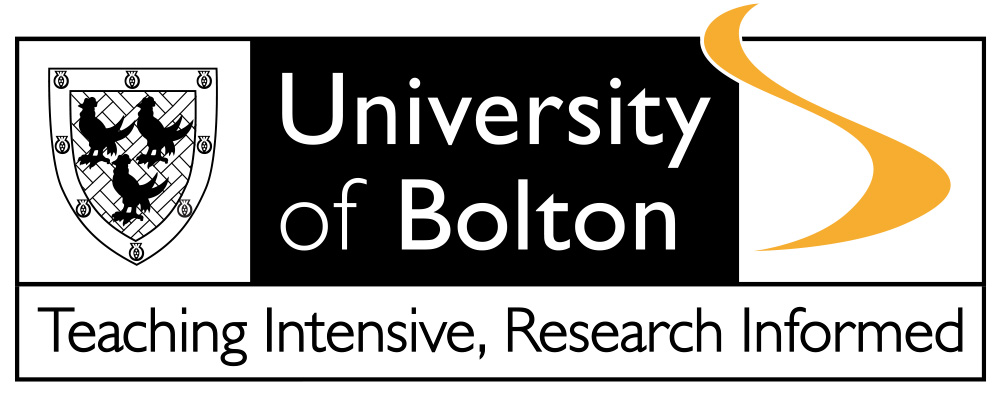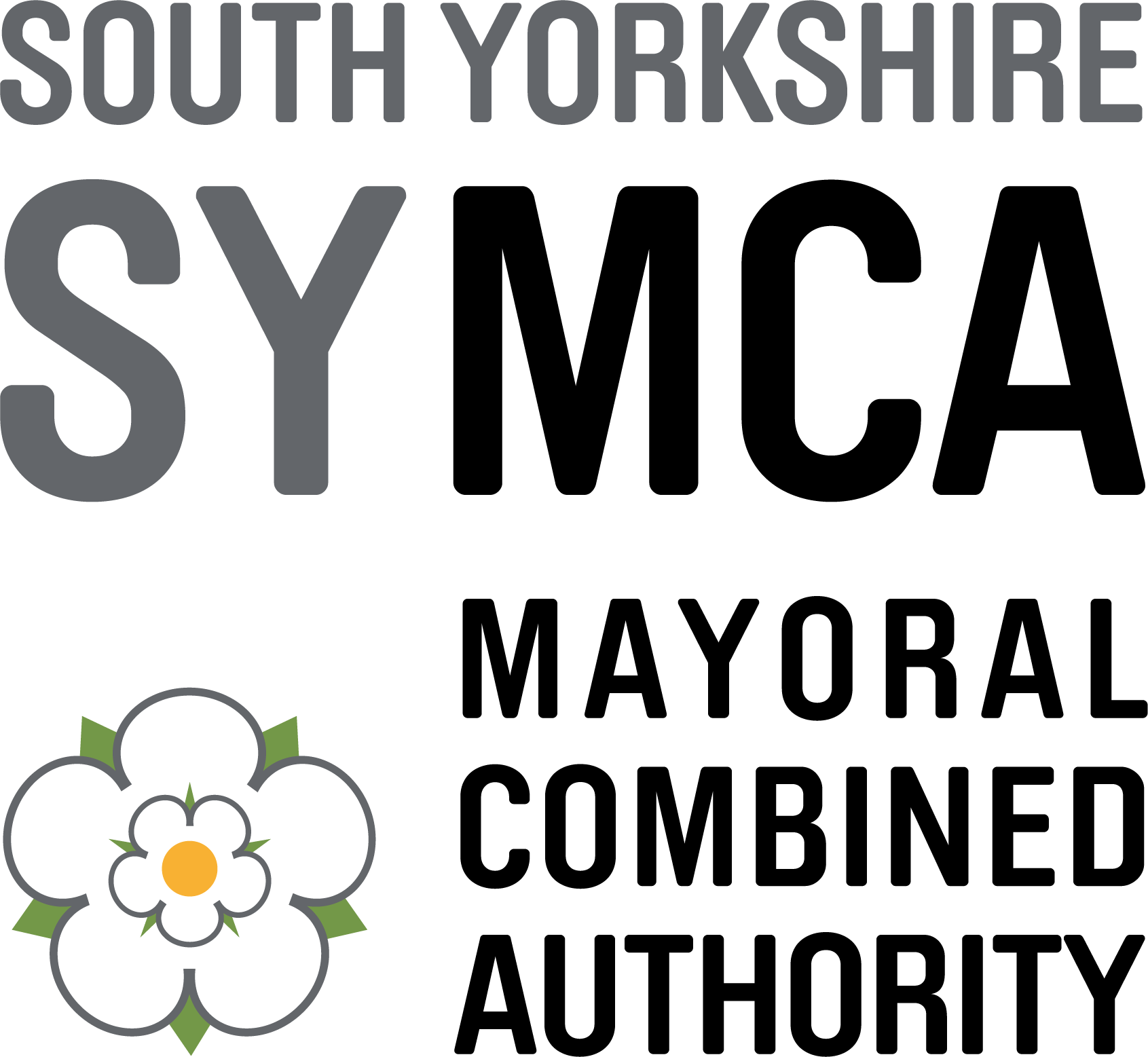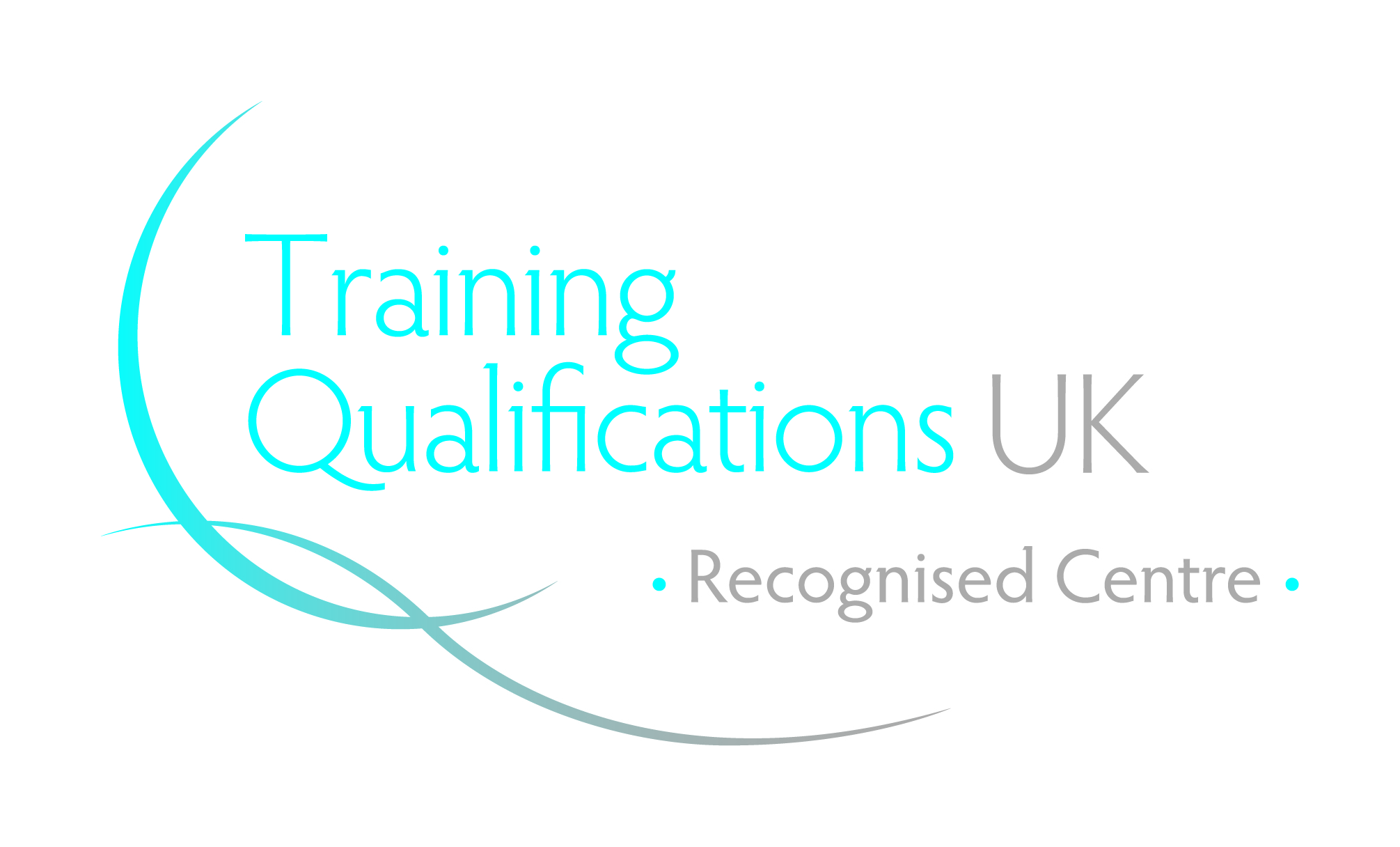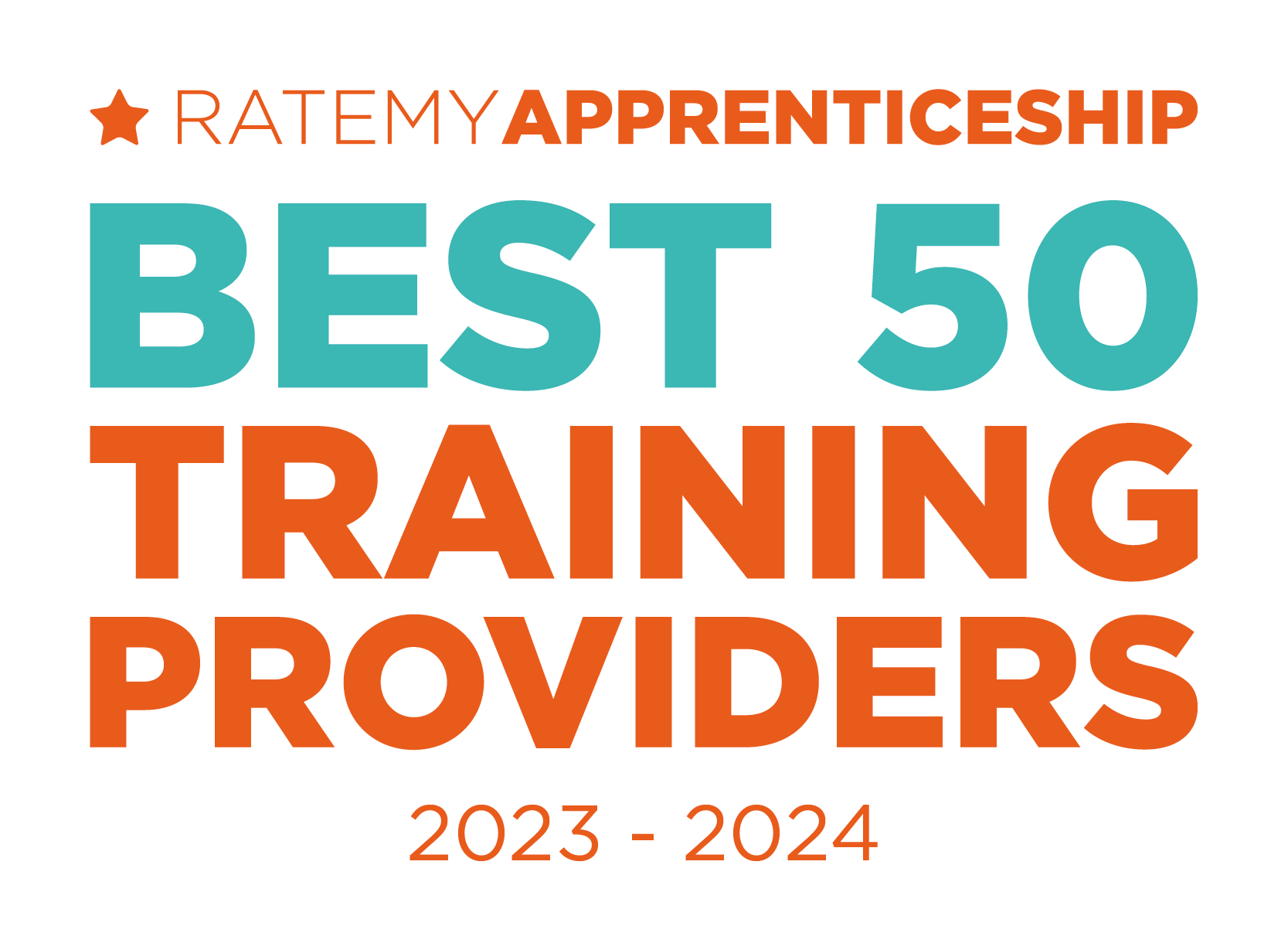Improvement Practitioner - Level 4 Apprenticeship
Improvement Practitioners use a blend of Lean and Six Sigma, project and change management principles and tools to identify and lead the delivery of change across organisational functions and processes. Improvement Practitioners can be found across all sectors and functions including automotive, banking, engineering, food products, IT, property, retail, telecoms etc.
Typically, Practitioners lead smaller projects and/or play a key supporting role in a larger programme – tackling issues that may require swift problem solving, or re-occurring challenges that require in-depth analysis and the implementation of a range of effective and sustainable countermeasures. They are the focal point for all stakeholders and responsible for communication throughout a project. Typical activities include:
- Identifying potential opportunities, diagnosing issues, proposing solutions and implementing changes and controls
- Coaching teams and sharing best practice
- When leading projects they may manage small teams ensuring motivation and momentum and be responsible for the successful
There are a variety of job titles associated with the occupation, these include, but are not limited to: Business Improvement Practitioner, Continuous Improvement Manager, Process Excellence Manager, Lean Six Sigma Green Belt and Quality Control Senior Analyst.
Please get in touch with us to find out when the next course will start.
Improvement Practitioners have the knowledge and understanding of:
- Compliance: Legislative and customer compliance requirements including health and safety
- Team formation & leadership: Decision-making techniques e.g. consensus, authority rule, majority rule
- Project management: Business case, risk analysis and management, toll-gate reviews, work breakdown structure, lessons learned, pilot studies, project review, process management and measures, benefits tracking
- Presentation & reporting: Reporting templates, message mapping, case for change
- Change management: Stakeholder identification, analysis and management (RACI). Change curve, resistance characteristics, change sponsorship, compelling point of view
- Principles & methods: Business value of Lean and Six Sigma improvement methods - 8D, practical problem solving, Define Measure Analyse Improve Control, Design for Six Sigma
- Project selection & scope: Y=f(x) equation (outputs are the result of inputs), business scorecard cascade
- Problem definition: Cost of Poor Quality, problem analysis models such as Is/Is Not
- Process mapping & analysis: Swim lane, value stream map, performance metrics – continuous, Parameter diagram, Takt time, Overall Equipment Effectiveness, theory of constraints principles, Kanban
- Data analysis – basic tools: Spreadsheets and pivot table analysis, statistical analysis software
- Measurement systems: Repeatability and Reproducibility principles
- Basic statistics & measures: Control charts - attribute data, principles of normality
- Data analysis - statistical methods: Measures of central tendency and spread
- Process capability & performance: Capability analysis – continuous data for normal distribution
- Root cause analysis: Key principles including symptoms, failure-mode, potential/verified cause, critical inputs, escape point. Graphical representation of data with dot, scatter and box plots
- Experimentation: Active versus passive analytics, design of experiments, experiment plan
- Identification & prioritisation: Selection and prioritisation matrix, Failure Mode and Effects Analysis
Improvement Practitioners have the skills to:
- Compliance: Work in accordance with organisational controls and statutory regulations
- Communication: Speak and write clearly. Influence others, question effectively. Plan and deliver meetings presenting insight to engage audiences
- Coaching: Observe, listen, use questioning, provide feedback and spot learning opportunities
- Project management: Define, sequence, plan and schedule activities with phases and milestones. Estimate effort and duration. Create and update project charter. Review progress
- Change management: Sponsorship contract, surface and manage resistance, build compelling narratives for change, assess change impact
- Principals and Methods: Select and apply a structured method and appropriate improvement tools engaging with subject matter experts to deliver business benefits
- Project selection and Scoping: Support the identification of improvement opportunity and the scoping of these projects
- Problem definition: Support development of problem/opportunity statements
- Voice of the customer: Support application of techniques to identify and prioritise customers, their requirements and ensure balance against the stated and unstated needs of the business (Voice of the Business)
- Process mapping & analysis: Process map to measure and analyse flow and value. Identify interfaces, functional responsibilities and ownership. Use insight to identify potential opportunities and map future state
- Lean tools: Seek in-process waste through the understanding of value within the value stream
- Measurements systems: Plan, carry out and assess results of a measurement system study
- Data acquisition for analysis: Develop a sampling strategy
- Basic statistics & measures: Use graphical analysis to understand distribution and stability
- Data analysis-statistical methods: Identify data-types and select analysis methods and tools. Assess time series data stability and analyse making relevant insight
- Process capability & performance: Select methods and metrics for analysis
- Root cause analysis: Select and apply the appropriate graphical tool dependent on the data type to identify patterns, trends and signals to establish hypothesis
- Experimentation & optimisation: Plan designed experiment with clear objectives, and appropriate levels of Measurement Systems Analysis, analyse experiment data and optimise
- Identification & prioritisation: Identify and prioritise factors, ideas and solutions
- Data analysis – SPC: Select and apply appropriate tools for ongoing monitoring and control. Analyse and interpret control charts
- Benchmarking: Conduct structured benchmarking to support target setting
- Sustainability & control: Identify failure modes and embed learning from improvements
Improvement Practitioners demonstrate the following behaviours:
- Drive for results: Continuous drive for change and encourages others to deliver results across functional areas capturing and standardising best practice
- Team-working: Awareness of own and others’ working styles. Creates high performing team
- Professionalism: Promotes a moral, legal and socially appropriate working manner, aligns behaviours to the organisations values. Maintains flexibility to needs of project
- Continuous development: Proactively seeks and acts on feedback. Reflects on performance and has a desire for development. Adapts quickly to working with new situations/stakeholders/challenges
- Safe working: Ensures safety of self and others, speaks out to challenge safety issues
On successful completion, you will achieve a Level 4 Improvement Practitioner Apprenticeship.
You must have a GCSE grade A*-C or 4-9 in GCSE maths and English.
This apprenticeship is delivered remotely with visits to workplace locations.
There is no fee for the learner. For information on costs to the employer, please contact us.
T. 0161 876 3300
E. gmskillcentre@gceducationandskills.ac.uk









